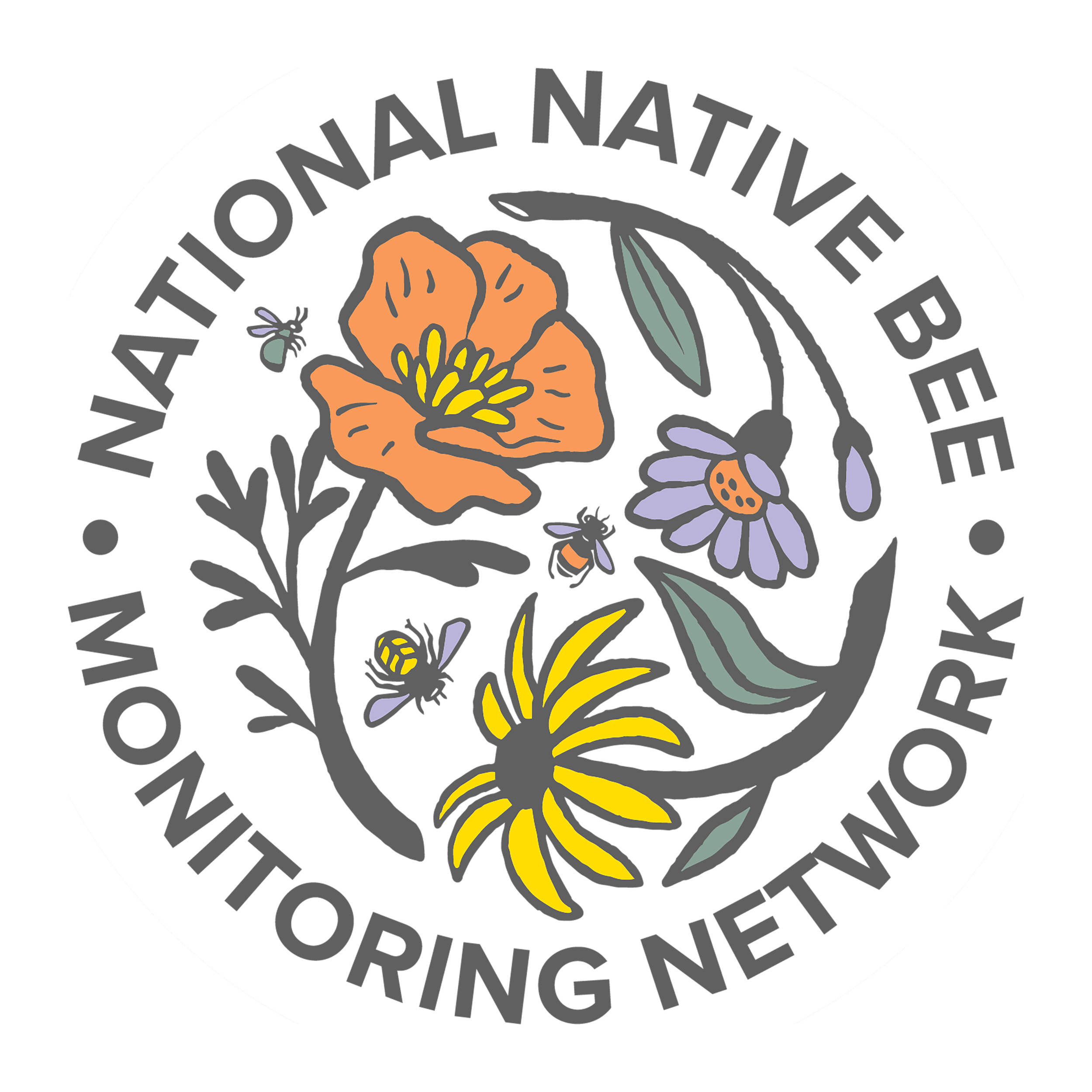Methodologies used for native bee monitoring
Gezon, Z.J., Wyman, E.S., Ascher, J.S., Inouye, D.W., and R.E. Irwin. 2015. The effect of repeated, lethal sampling on wild bee abundance and diversity. Methods in Ecology and Evolution 6(9): 1044-1054. doi.org/10.1111/2041-210X.12375 (pdf)
Portman, Z.M., Bruninga-Socolar, B., and D. Cariveau. 2020. The State of Bee Monitoring in the United States: A Call to Refocus Away From Bowl Traps and Towards More Effective Methods. Annals of the Entomological Society of America 113(5): 337-342. doi.org/10.1093/aesa/saaa010 (pdf)
Montgomery, G.A., Belitz, M.W., Guralnick, R.P., and M.W. Tingley. 2021. Standards and best practices for monitoring and benchmarking insects. Frontiers in Ecology and Evolution 8:579193. doi.org/10.3389/fevo.2020.579193 (pdf)
Packer, L., and G. Darla-West. 2021. Bees: How and Why to Sample Them. In: Measuring Arthropod Diversity, J. C. Santos and G. W. Fernandes (eds.). Springer Nature Switzerland. doi.org/10.1007/978-3-030-53226-0_3 (pdf)
Briggs, E.L., Baranski, C., Münzer Schaetz O. Garrison, G., Collazo, J.A., and E. Youngsteadt. 2022. Estimating bee abundance: can mark-recapture methods validate common sampling protocols? Apidologie 53(1o). doi.org/10.1007/s13592-022-00919-4 (pdf)
Montero-Castaño, A., Koch, J.B.U., Lindsay, T.-T. T., Love, B., Mola, J.M., Newman, K., and J.M. Sharkey. 2022. Pursuing best practices for minimizing wild bee captures to support biological research. Conservation Science and Practice e12734. doi.org/10.1111/csp2.12734 (pdf)
Tronstad, L., Bell, C., and M. Crawford. 2022. Choosing collection methods and sample sizes for monitoring bees. Agricultural and Forest Entomology doi.org/10.1111/afe.12518 (pdf)
